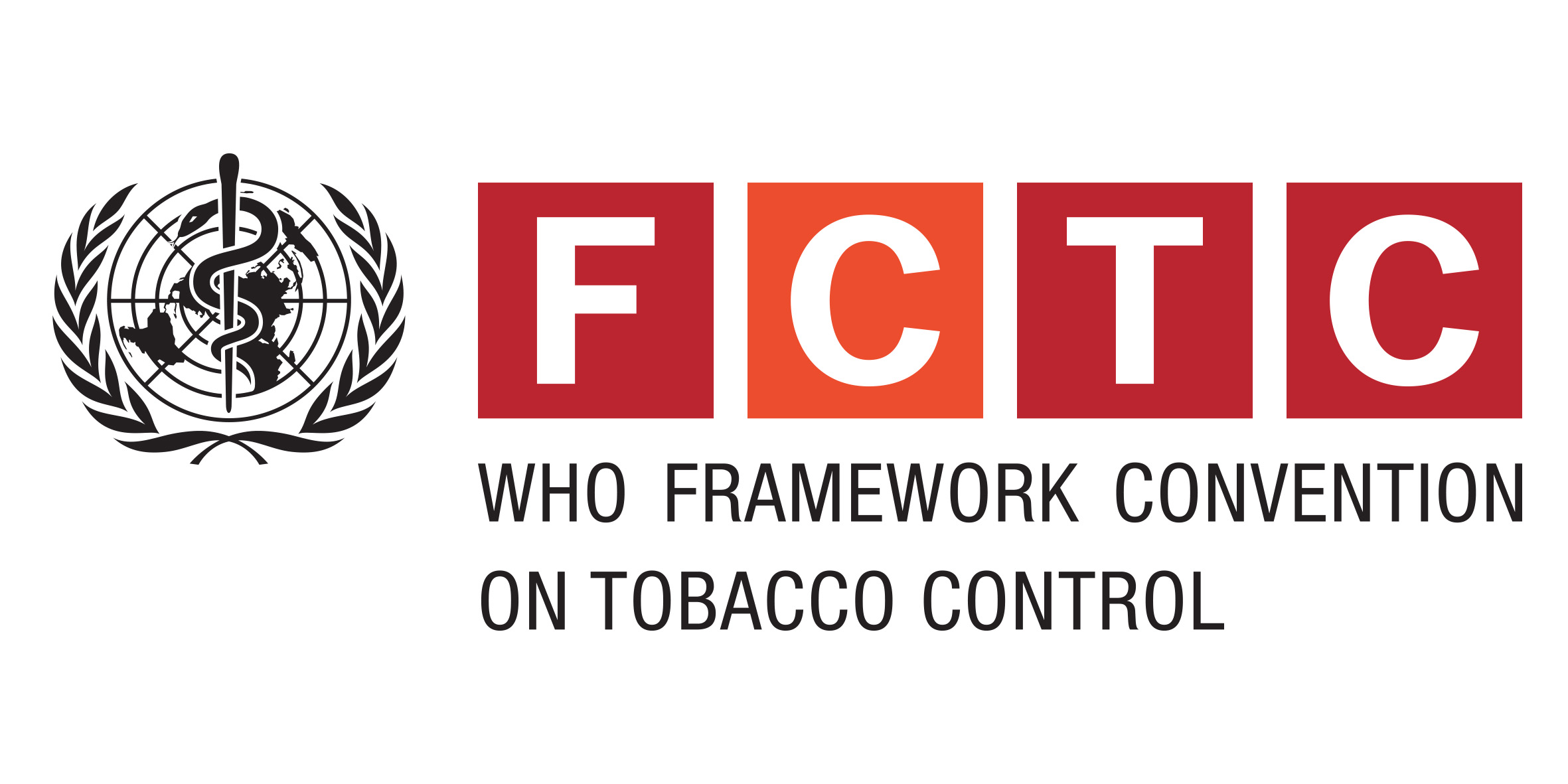Journal Article
Print(0)
Ontario health technology assessment series
Ont.Health.Technol.Assess.Ser.
6
20
1
180
LR: 20151026; JID: 101521610; OID: NLM: PMC3379167; 2006/11/01 [epublish]; ppublish
Canada
1915-7398; 1915-7398
PMID: 23074491
eng
Journal Article
Unknown(0)
23074491
ISSUE: Systematic reviews and analyses of administrative data were performed to determine the appropriate use of bone mineral density (BMD) assessments using dual energy x-ray absorptiometry (DXA), and the associated trends in wrist and hip fractures in Ontario. BACKGROUND: DUAL ENERGY X-RAY ABSORPTIOMETRY BONE MINERAL DENSITY ASSESSMENT: Dual energy x-ray absorptiometry bone densitometers measure bone density based on differential absorption of 2 x-ray beams by bone and soft tissues. It is the gold standard for detecting and diagnosing osteoporosis, a systemic disease characterized by low bone density and altered bone structure, resulting in low bone strength and increased risk of fractures. The test is fast (approximately 10 minutes) and accurate (exceeds 90% at the hip), with low radiation (1/3 to 1/5 of that from a chest x-ray). DXA densitometers are licensed as Class 3 medical devices in Canada. The World Health Organization has established criteria for osteoporosis and osteopenia based on DXA BMD measurements: osteoporosis is defined as a BMD that is >2.5 standard deviations below the mean BMD for normal young adults (i.e. T-score /=-2.5). DXA densitometry is presently an insured health service in Ontario. CLINICAL NEED: BURDEN OF DISEASE: The Canadian Multicenter Osteoporosis Study (CaMos) found that 16% of Canadian women and 6.6% of Canadian men have osteoporosis based on the WHO criteria, with prevalence increasing with age. Osteopenia was found in 49.6% of Canadian women and 39% of Canadian men. In Ontario, it is estimated that nearly 530,000 Ontarians have some degrees of osteoporosis. Osteoporosis-related fragility fractures occur most often in the wrist, femur and pelvis. These fractures, particularly those in the hip, are associated with increased mortality, and decreased functional capacity and quality of life. A Canadian study showed that at 1 year after a hip fracture, the mortality rate was 20%. Another 20% required institutional care, 40% were unable to walk independently, and there was lower health-related quality of life due to attributes such as pain, decreased mobility and decreased ability to self-care. The cost of osteoporosis and osteoporotic fractures in Canada was estimated to be $1.3 billion in 1993. GUIDELINES FOR BONE MINERAL DENSITY TESTING: With 2 exceptions, almost all guidelines address only women. None of the guidelines recommend blanket population-based BMD testing. Instead, all guidelines recommend BMD testing in people at risk of osteoporosis, predominantly women aged 65 years or older. For women under 65 years of age, BMD testing is recommended only if one major or two minor risk factors for osteoporosis exist. Osteoporosis Canada did not restrict its recommendations to women, and thus their guidelines apply to both sexes. Major risk factors are age greater than or equal to 65 years, a history of previous fractures, family history (especially parental history) of fracture, and medication or disease conditions that affect bone metabolism (such as long-term glucocorticoid therapy). Minor risk factors include low body mass index, low calcium intake, alcohol consumption, and smoking. CURRENT FUNDING FOR BONE MINERAL DENSITY TESTING: The Ontario Health Insurance Program (OHIP) Schedule presently reimburses DXA BMD at the hip and spine. Measurements at both sites are required if feasible. Patients at low risk of accelerated bone loss are limited to one BMD test within any 24-month period, but there are no restrictions on people at high risk. The total fee including the professional and technical components for a test involving 2 or more sites is $106.00 (Cdn). METHOD OF REVIEW: This review consisted of 2 parts. The first part was an analysis of Ontario administrative data relating to DXA BMD, wrist and hip fractures, and use of antiresorptive drugs in people aged 65 years and older. The Institute for Clinical Evaluative Sciences extracted data from the OHIP claims database, the Canadian Ins
Health Quality Ontario
20061101
PMC3379167
http://vp9py7xf3h.search.serialssolutions.com/?charset=utf-8&pmid=23074491
2006

